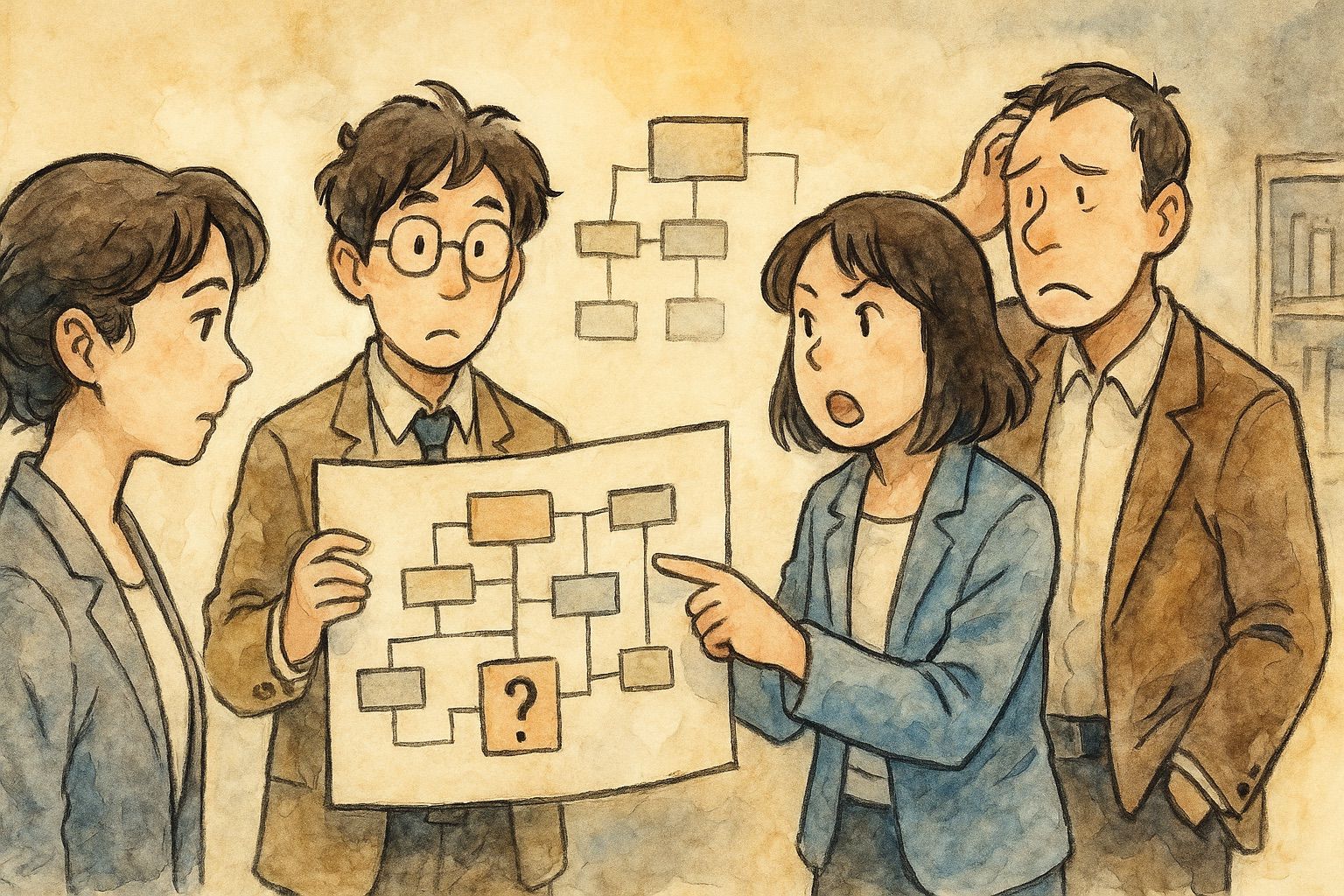Motivation: Understanding the concept and process
In today's business world, it is crucial to understand what motivation is and how to apply it in the workplace in order to achieve the best results.

In today's business world, it is crucial to understand what motivation is and how to apply it in the workplace in order to achieve the best results.

In today's business world, it is crucial to understand what motivation is and how to apply it in the workplace in order to achieve the best results. Motivation is like the secret to success and employee satisfaction, and many people think that motivation is something that enthusiasts always have, while others are just lazy. However, the truth is that each of us has some "triggers," different things that inspire and motivate us.
That is why it is important to ask the right question: "Why is the person motivated?" instead of "Is she motivated?" Motivation is deeply embedded in our nature. It is that force within us that pushes us to take action that will help us achieve our goals: think of motivation as the internal fuel that propels us towards the realization of our dreams and goals.
In the following period, we will deal with the phenomenon of motivation through various aspects, looking at intrinsic and extrinsic incentives, especially emphasizing the importance of intrinsic motivation as a basis for a long-term success plan. But, to begin with, to understand how motivation works, in this text we will first look at a simple model of the motivation process:
It all starts with recognizing our needs. When a need remains unsatisfied, we feel tension. That tension forces us to act, to look for ways to satisfy that need. When we finally manage to satisfy that need, the tension decreases, we feel fulfilled and motivated.
Motivation is not just a matter of individual needs. When we talk about motivation in the workplace, it is important that the individual needs of employees are aligned with the goals of the organization. Only when these needs match will employees be motivated to give their best and help the organization achieve success. Therefore, we can refer back to the view held by Robbins and Judge and view motivation as "A set of processes that are responsible for the intensity, direction, and persistence to achieve a goal."
Intensity refers to the amount of effort employees invest in achieving goals. However, effort alone is not enough if it is not properly directed towards the achievement of goals. Therefore, direction is another important component of motivation. It is necessary to have a clear vision and goals to ensure that efforts are focused on the right things.
Finally, there is the persistence component. It tells us how consistent and ready a person is to persevere in achieving goals. Without persistence, even the greatest effort and good direction can be worthless.
In order to maintain a high level of employee motivation, leaders play a key role. Their role is not only to delegate tasks and supervise work. Leaders should create an inspiring and supportive work atmosphere.
This means recognizing achievements and rewarding them, encouraging professional development and providing support in achieving goals. Through these activities, managers create a positive organizational climate that encourages the work motivation of employees.
When employees feel highly motivated, it reflects on the overall success of the organization. Productivity increases, teams are engaged and loyal, and the organization achieves long-term success.
Motivation is a key factor for the success and satisfaction of employees in the workplace. We all respond to incentives that motivate us, but it's important to understand that these incentives are different for each of us. When the individual needs of employees are aligned with the goals of the organization, a high level of motivation is achieved. Managers play a key role in maintaining high motivation by creating an inspiring work atmosphere. By maintaining high motivation, organizations achieve greater productivity, employee engagement, and long-term success.
In this short, introductory text, we have only introduced the concept and process of motivation, and we will elaborate on the topic in more detail below.
In the meantime, don't forget: motivation is the key that will help you unlock the door to success in the workplace.

You’ve hired brilliant minds, promoted your rising stars, and invested in the latest tools. But somehow… work still gets duplicated, decisions take forever, accountability feels ping pong game and everybody is dissatisfied because...
by Jelica Radović

Who is to blame when we choose bad bosses, results start to decline, and the best employees leave? This text explores how a culture of obedience in companies, from multinationals to the civil service, stifles innovation and promotes the wrong...
by Nikola Milosavljević